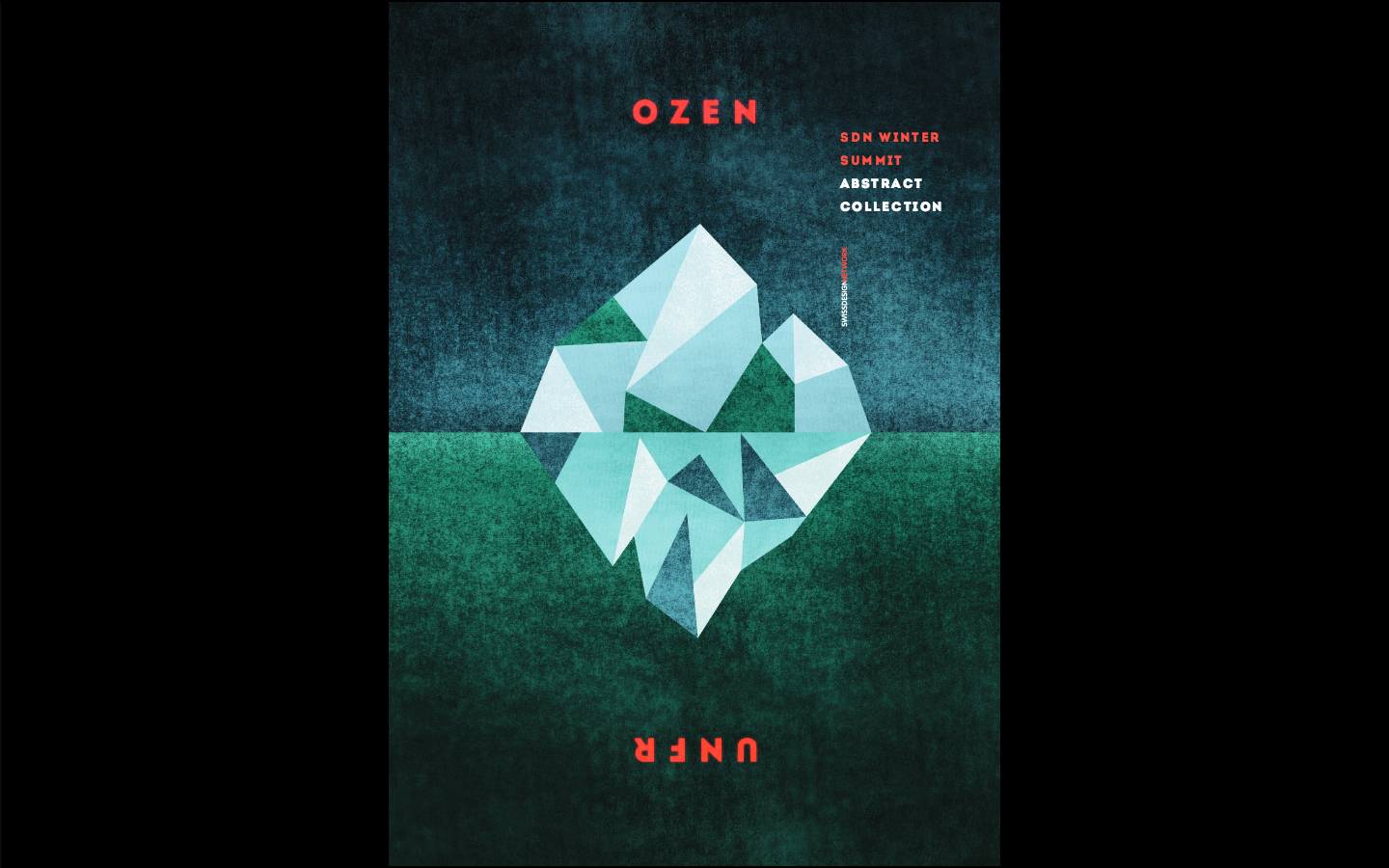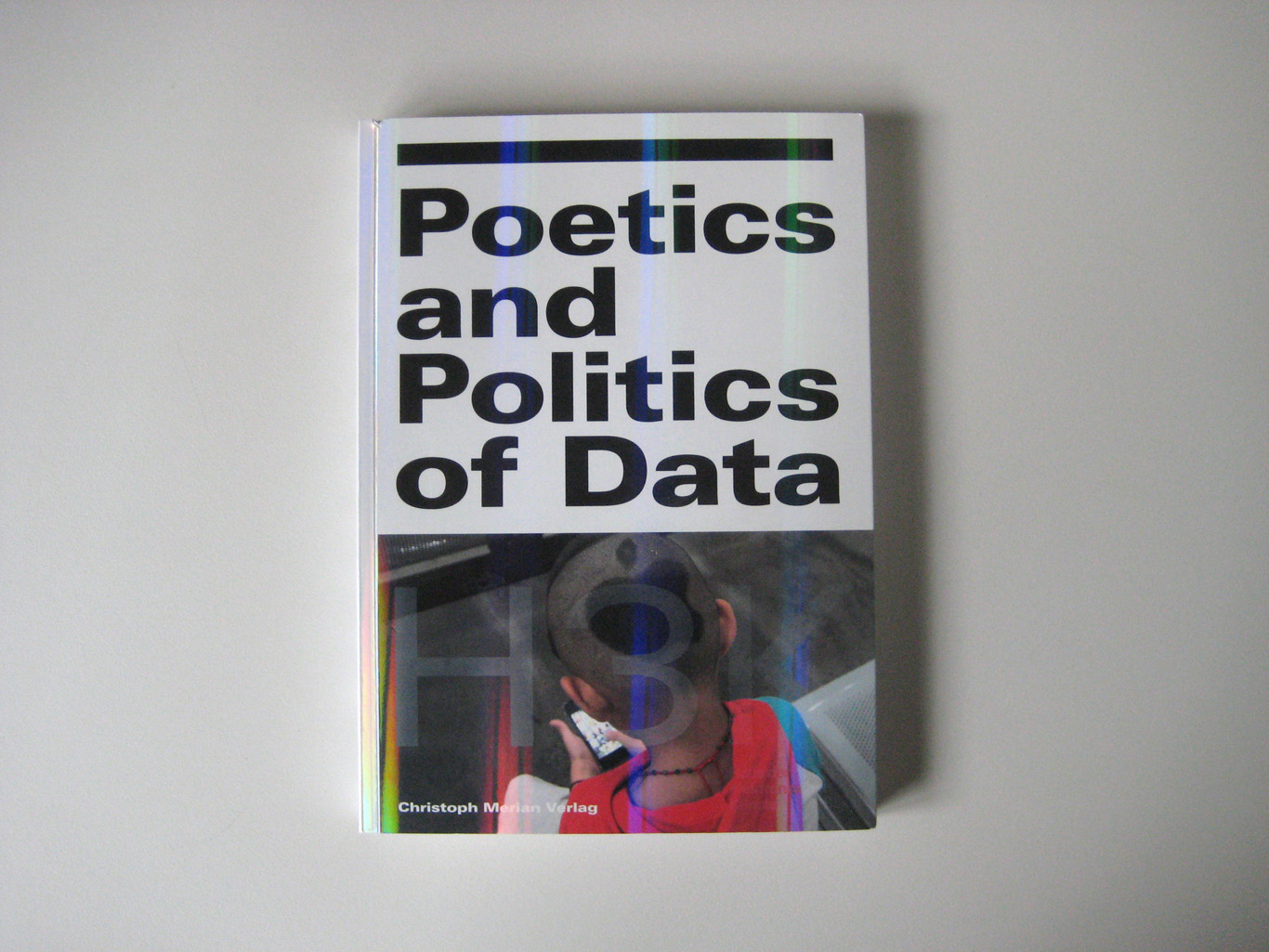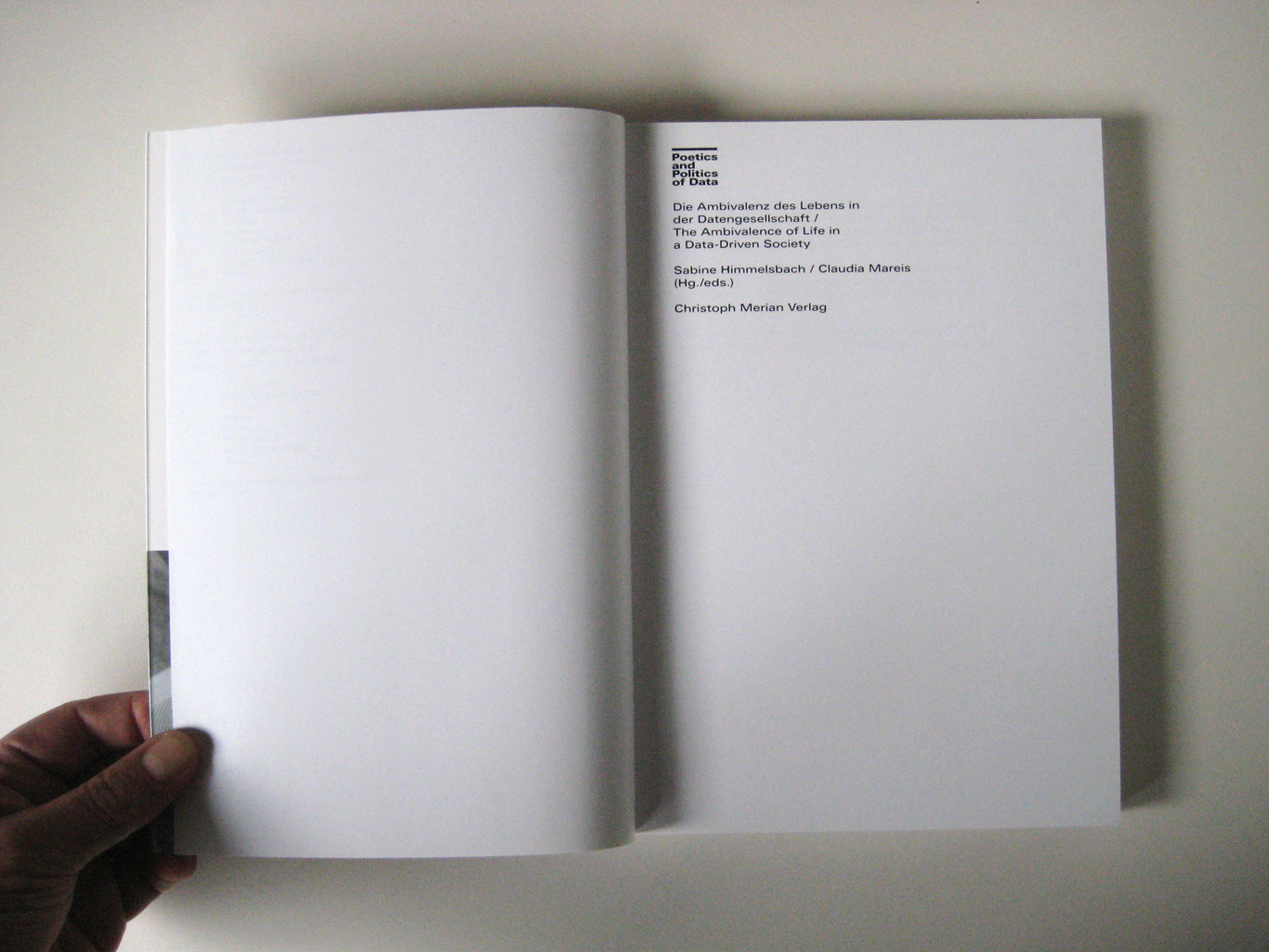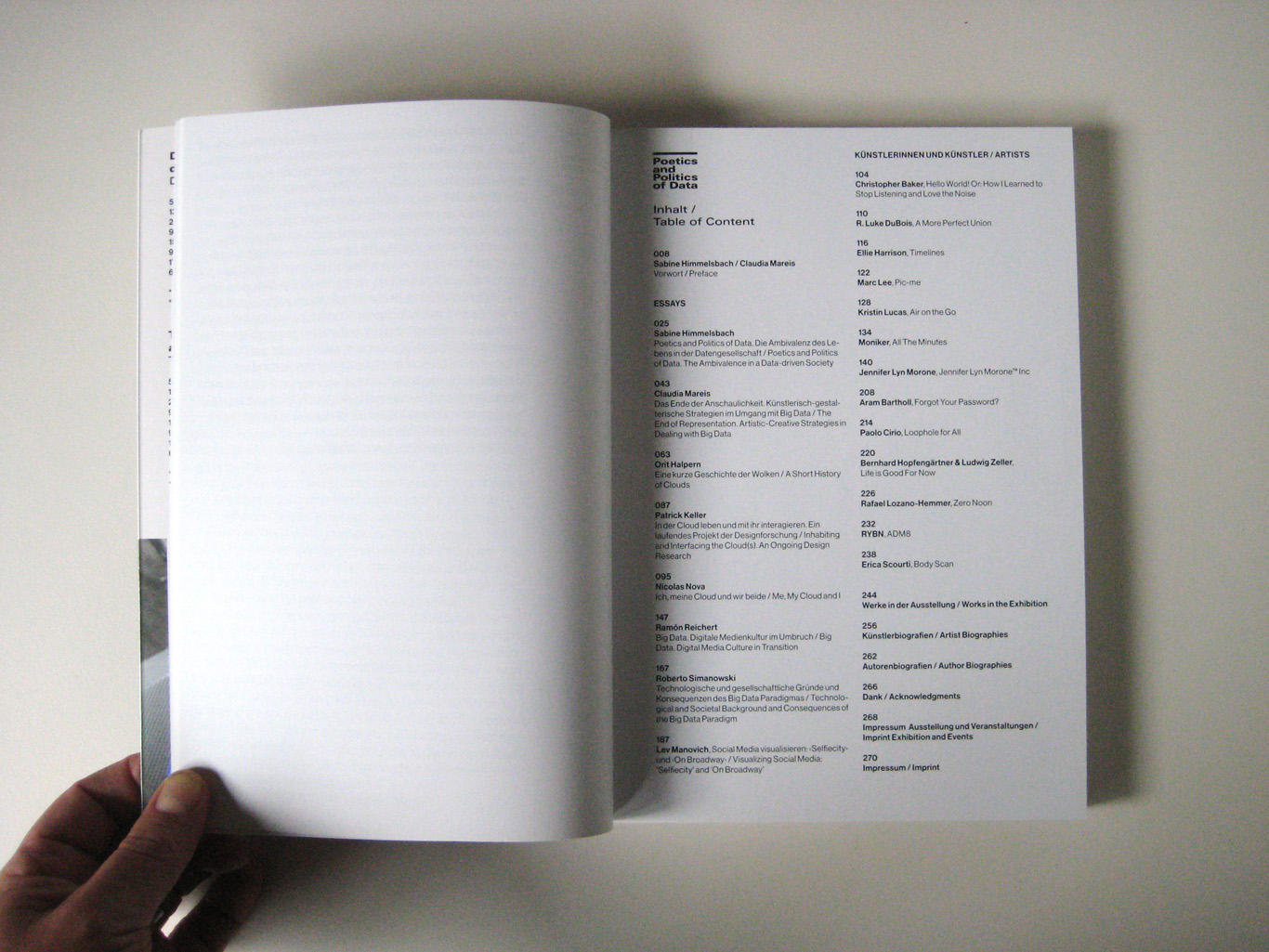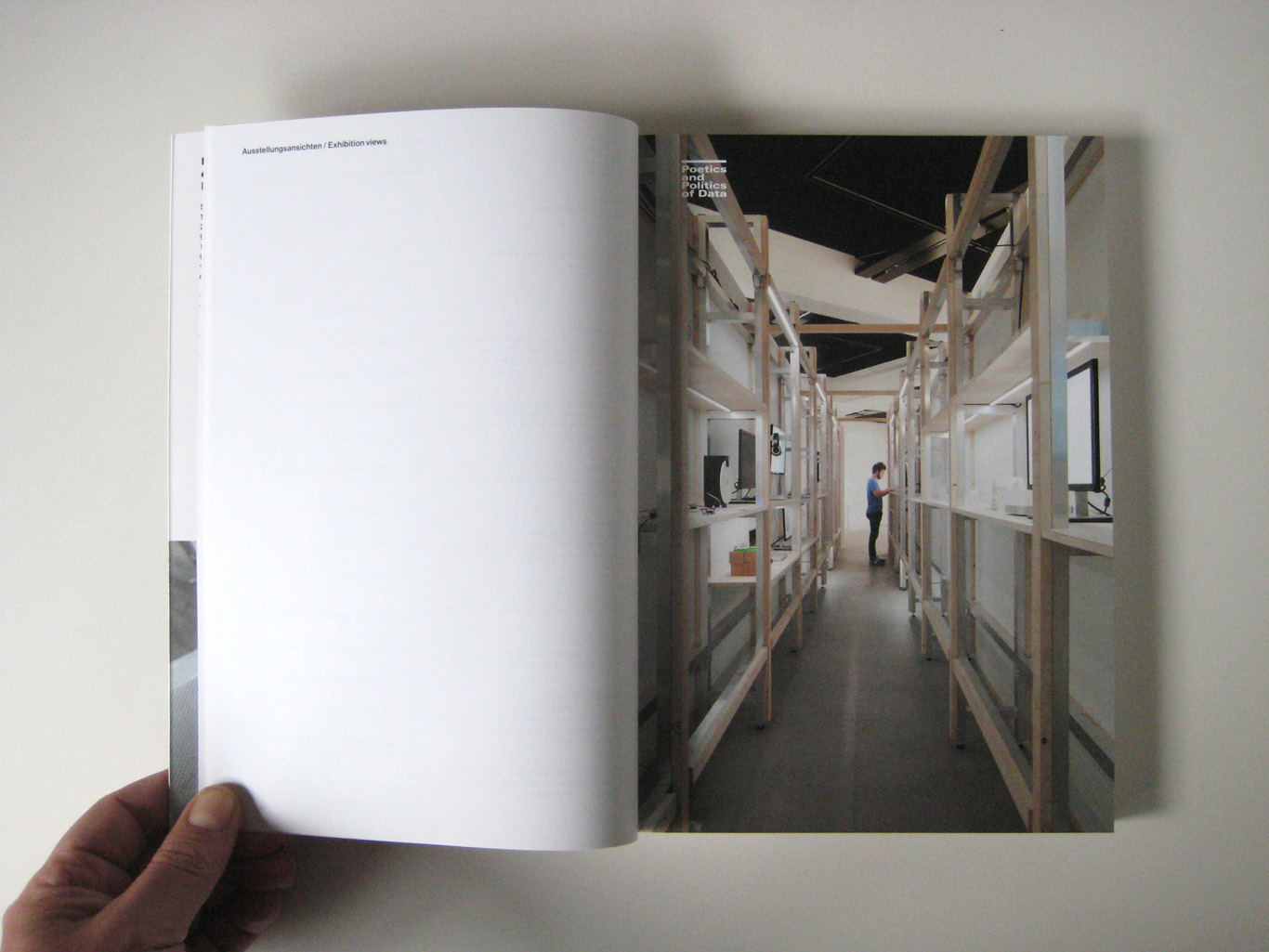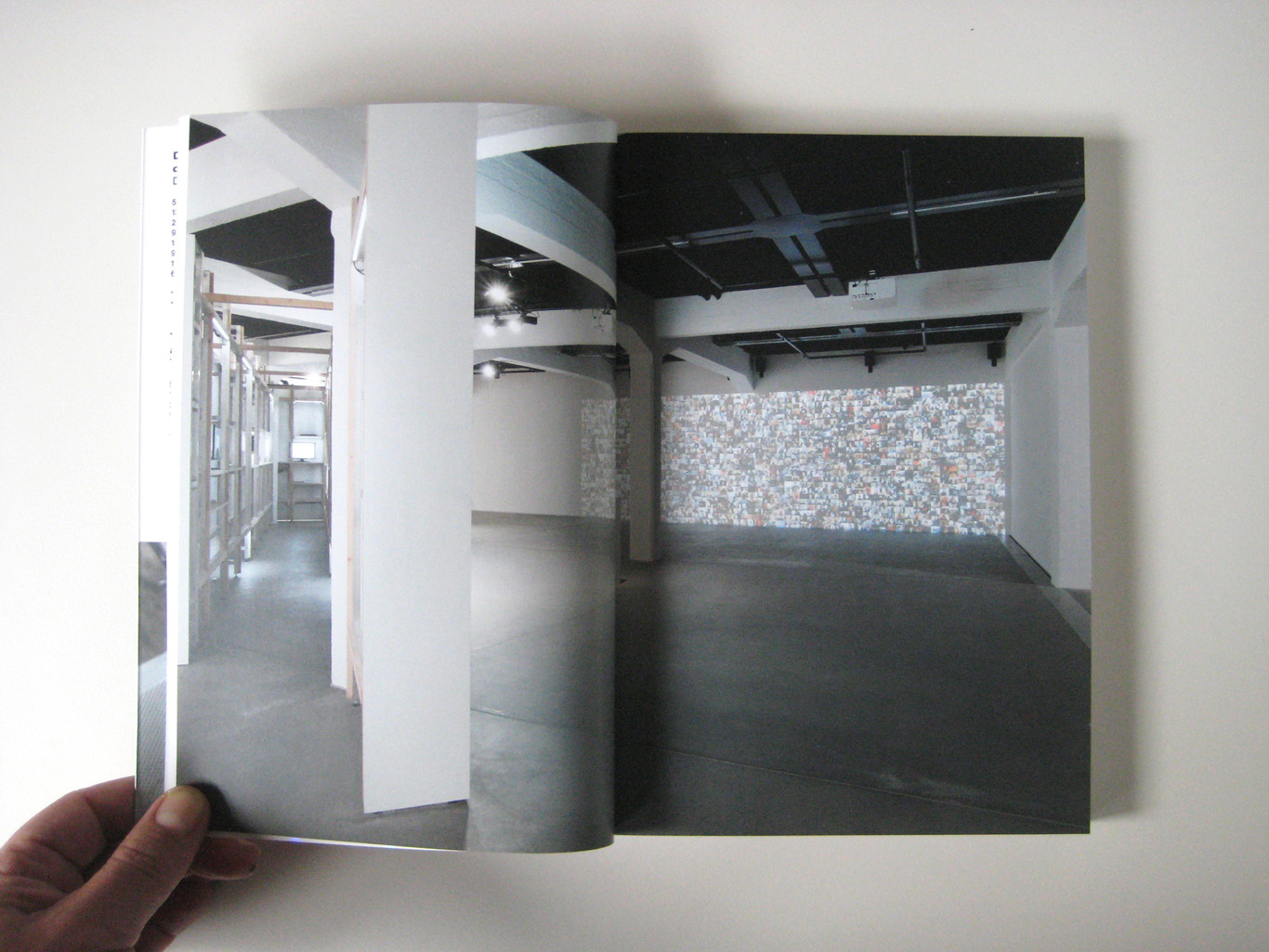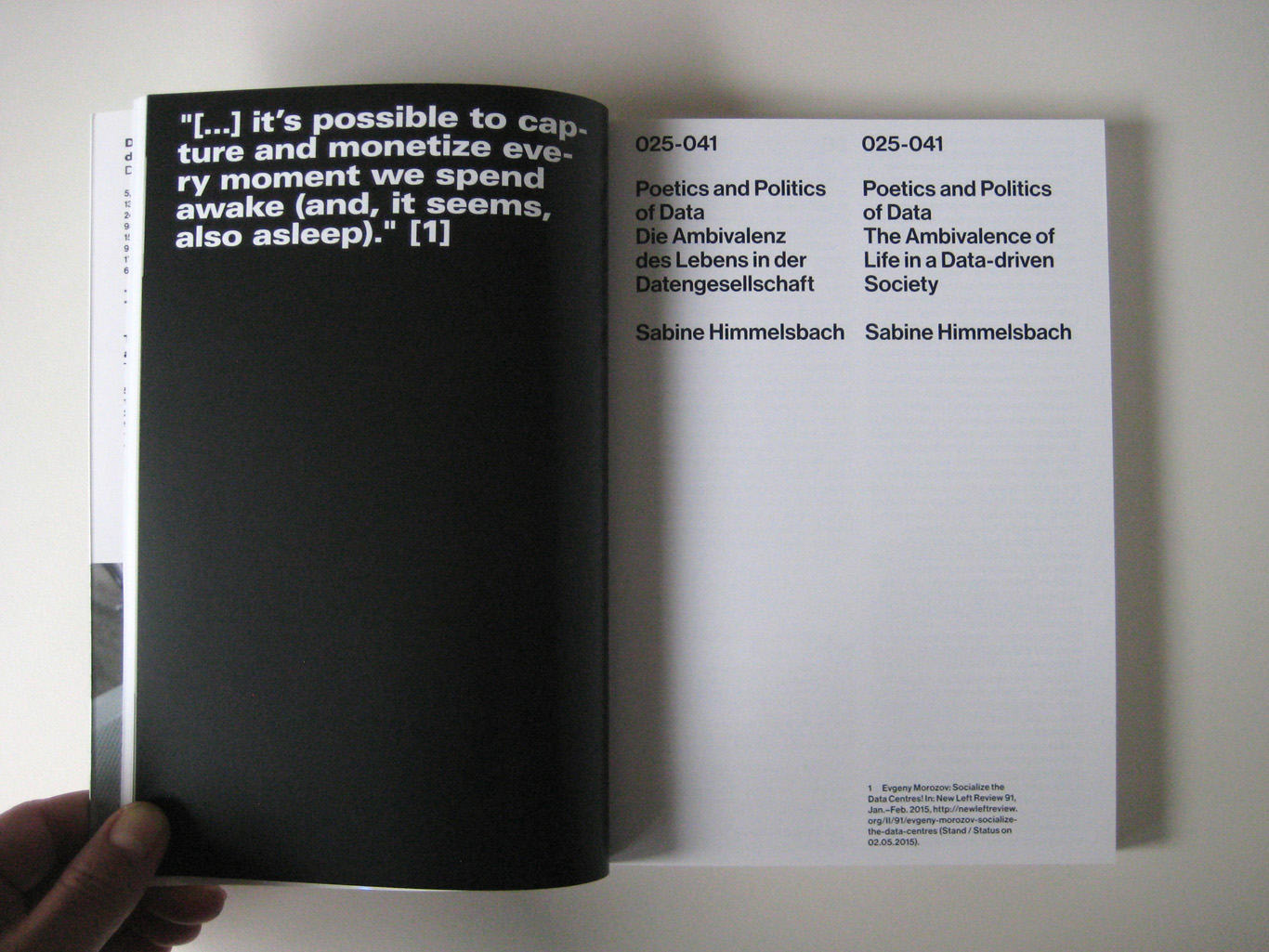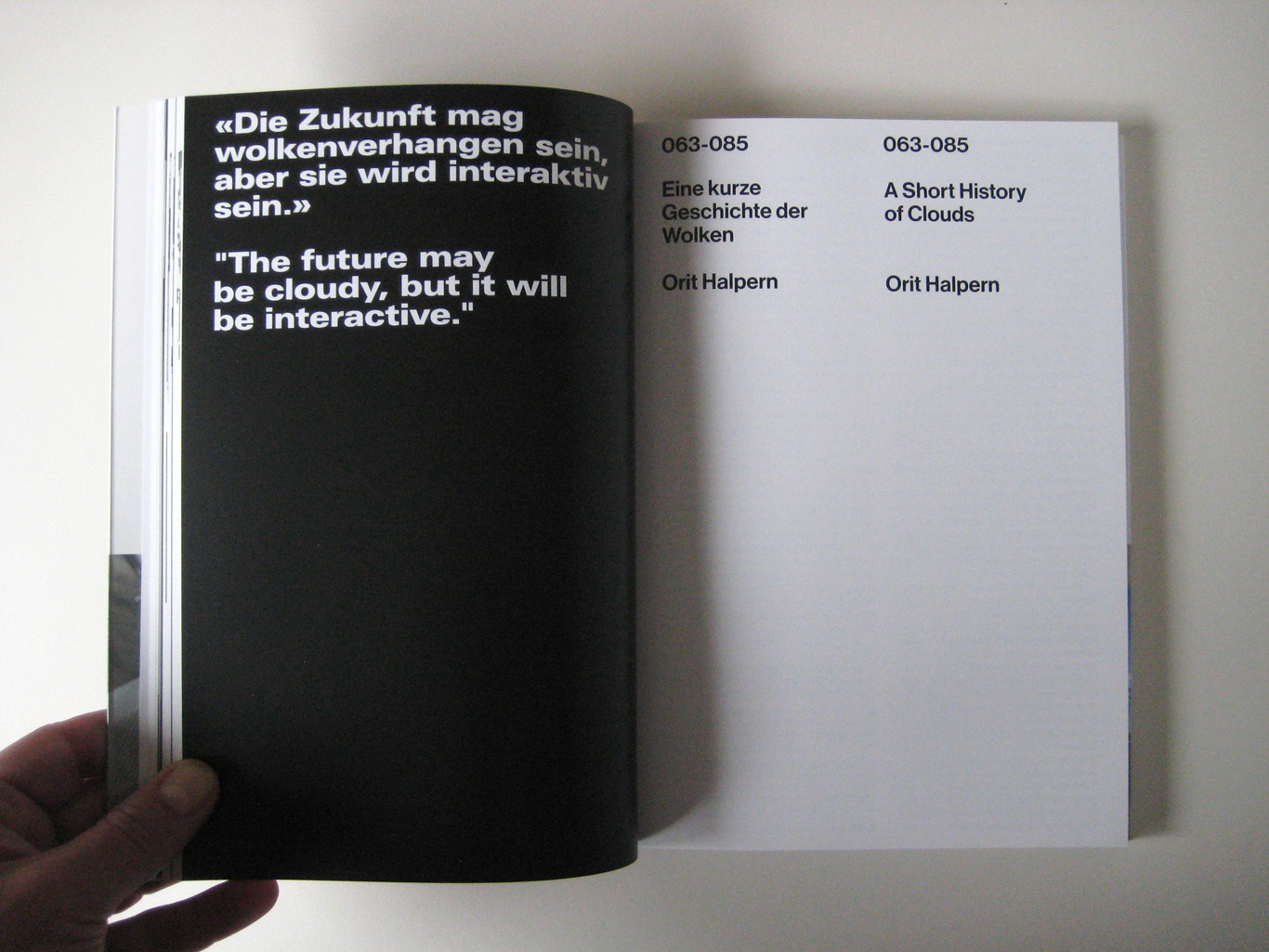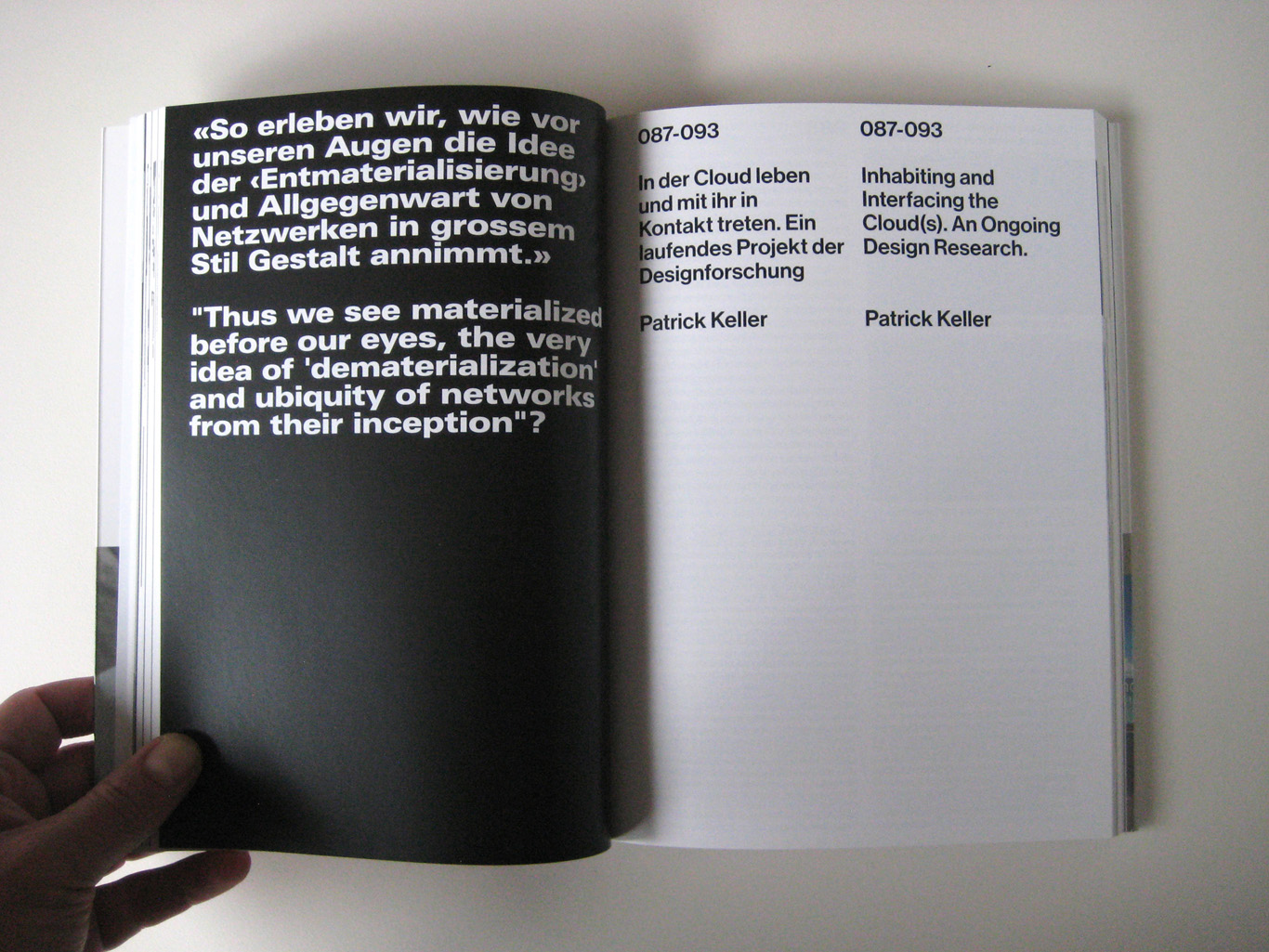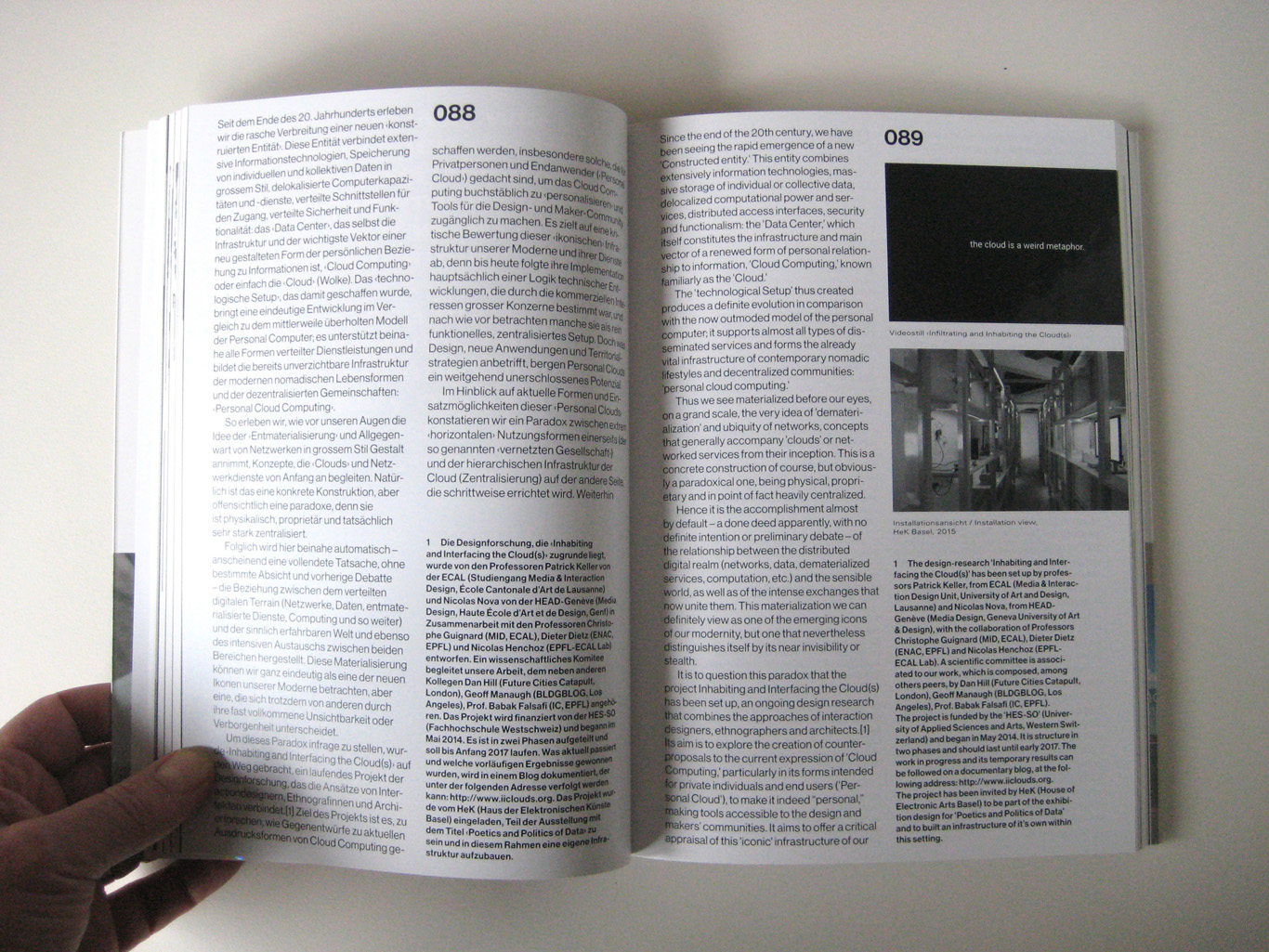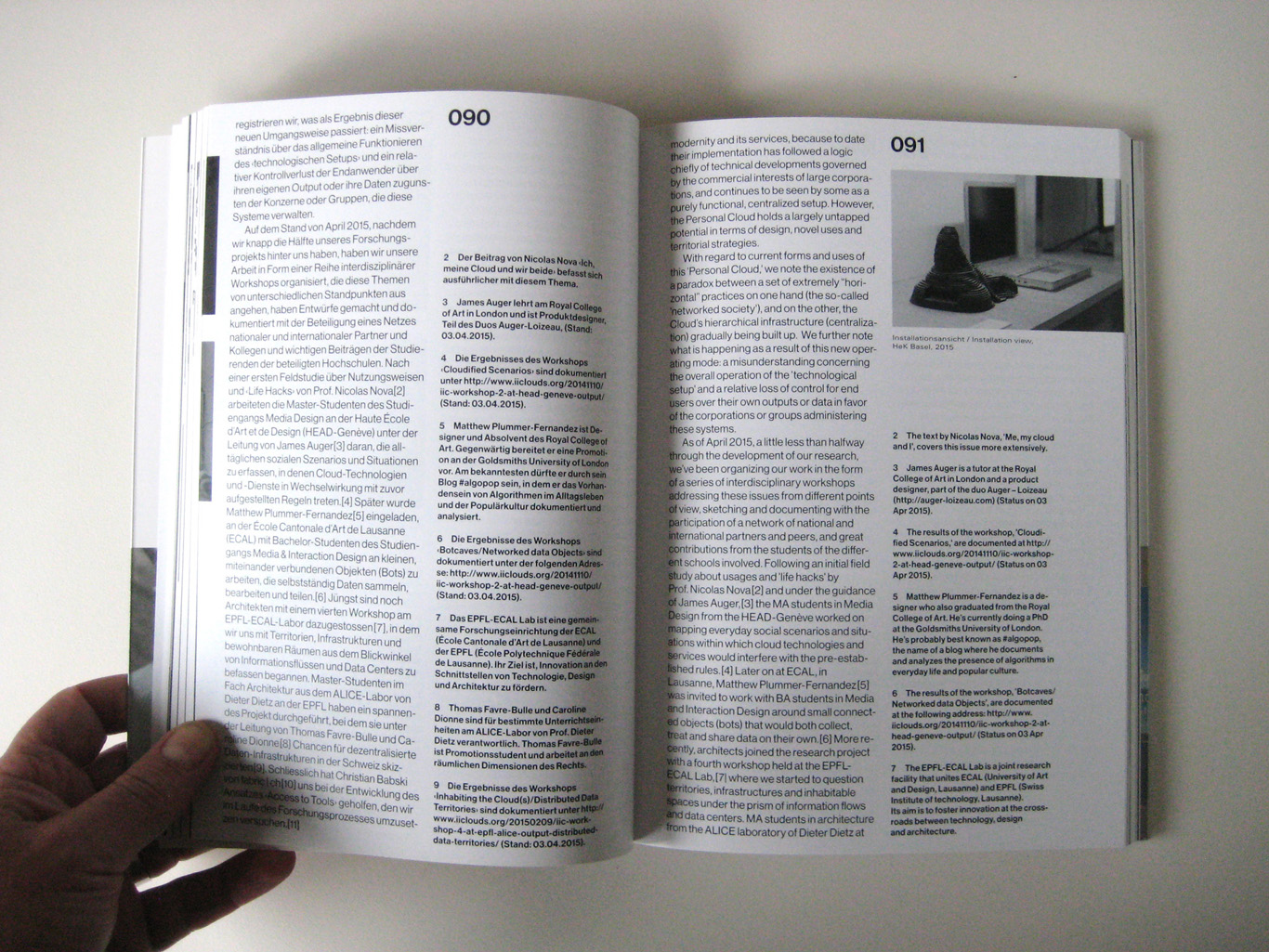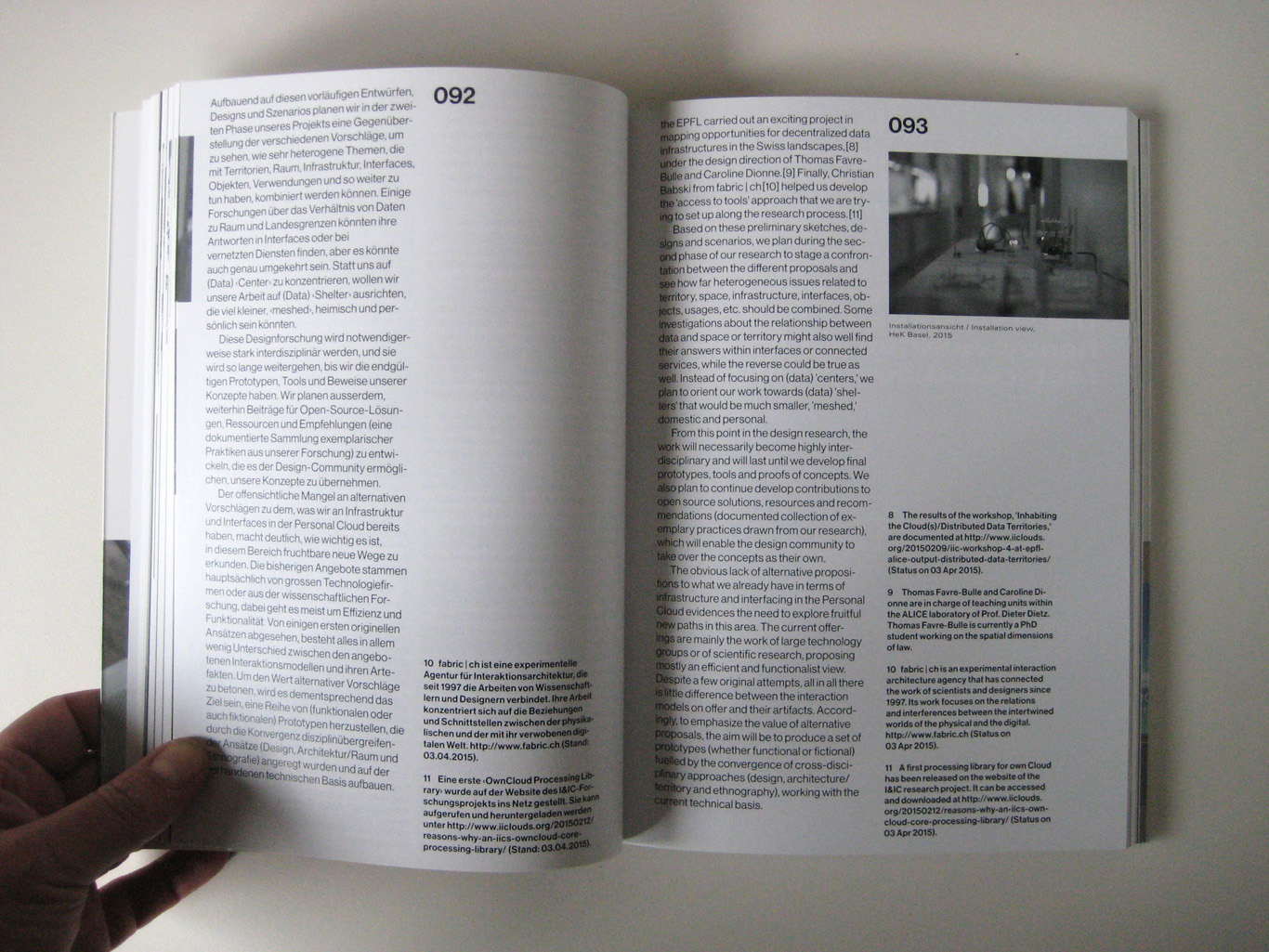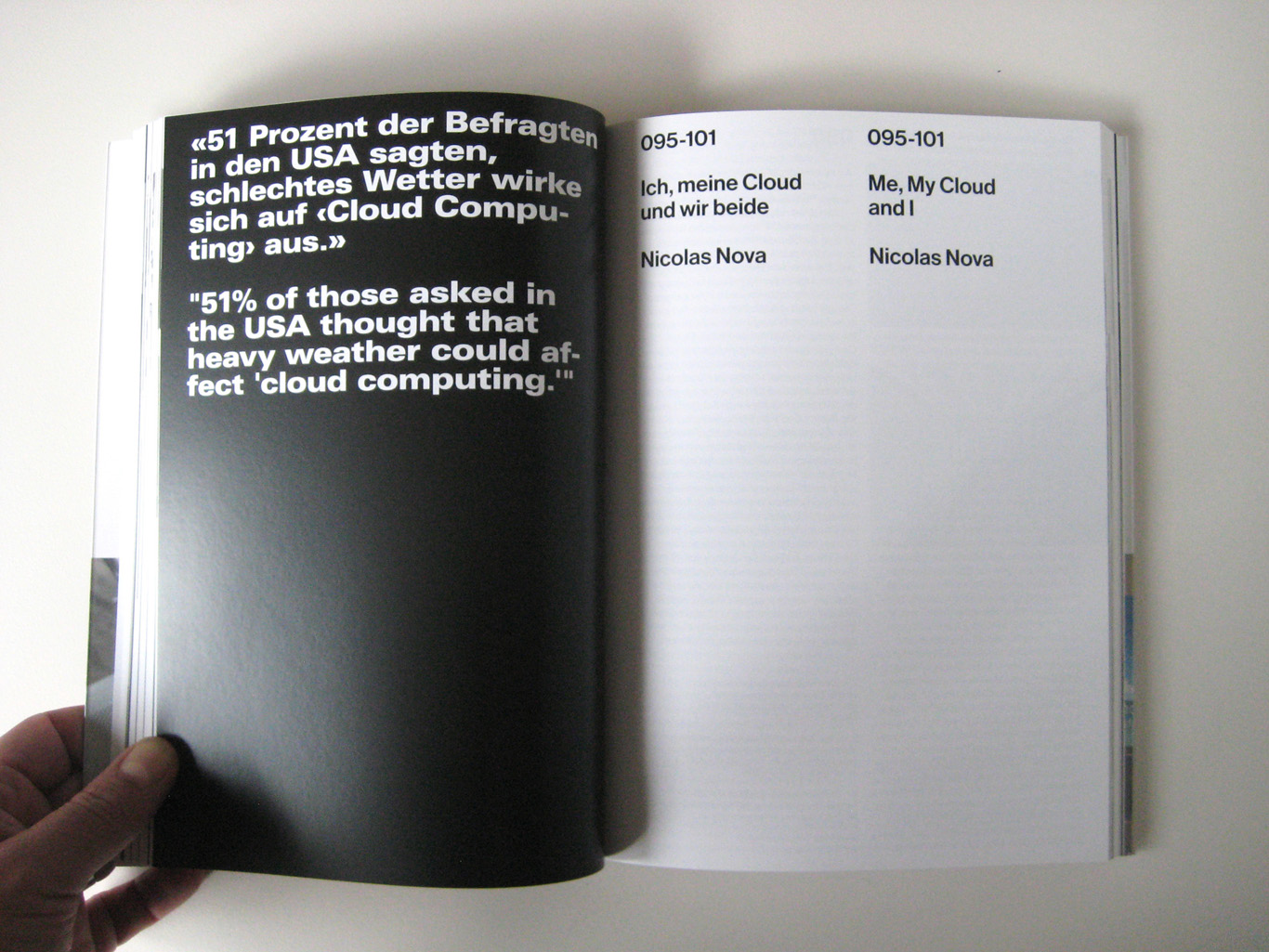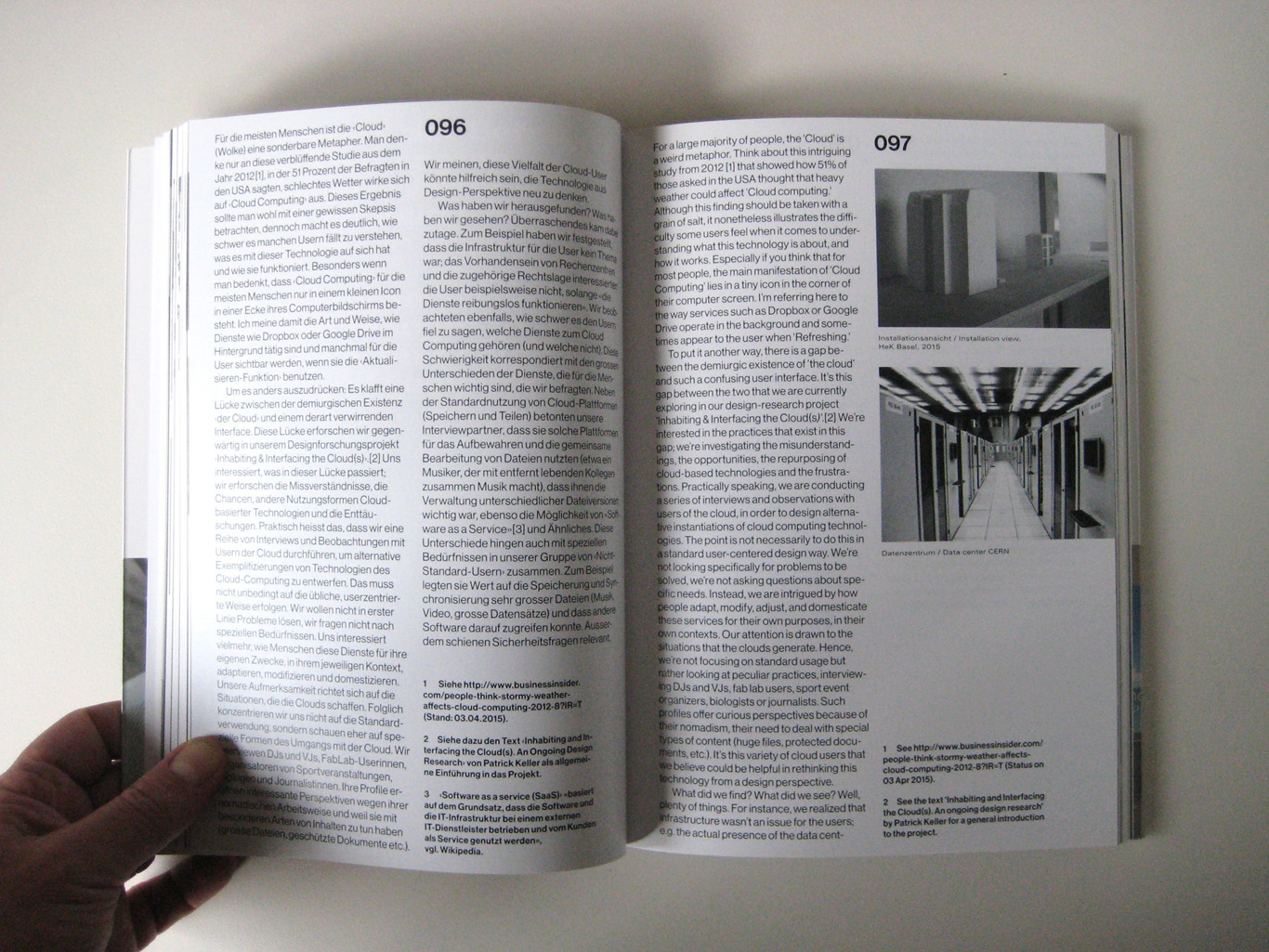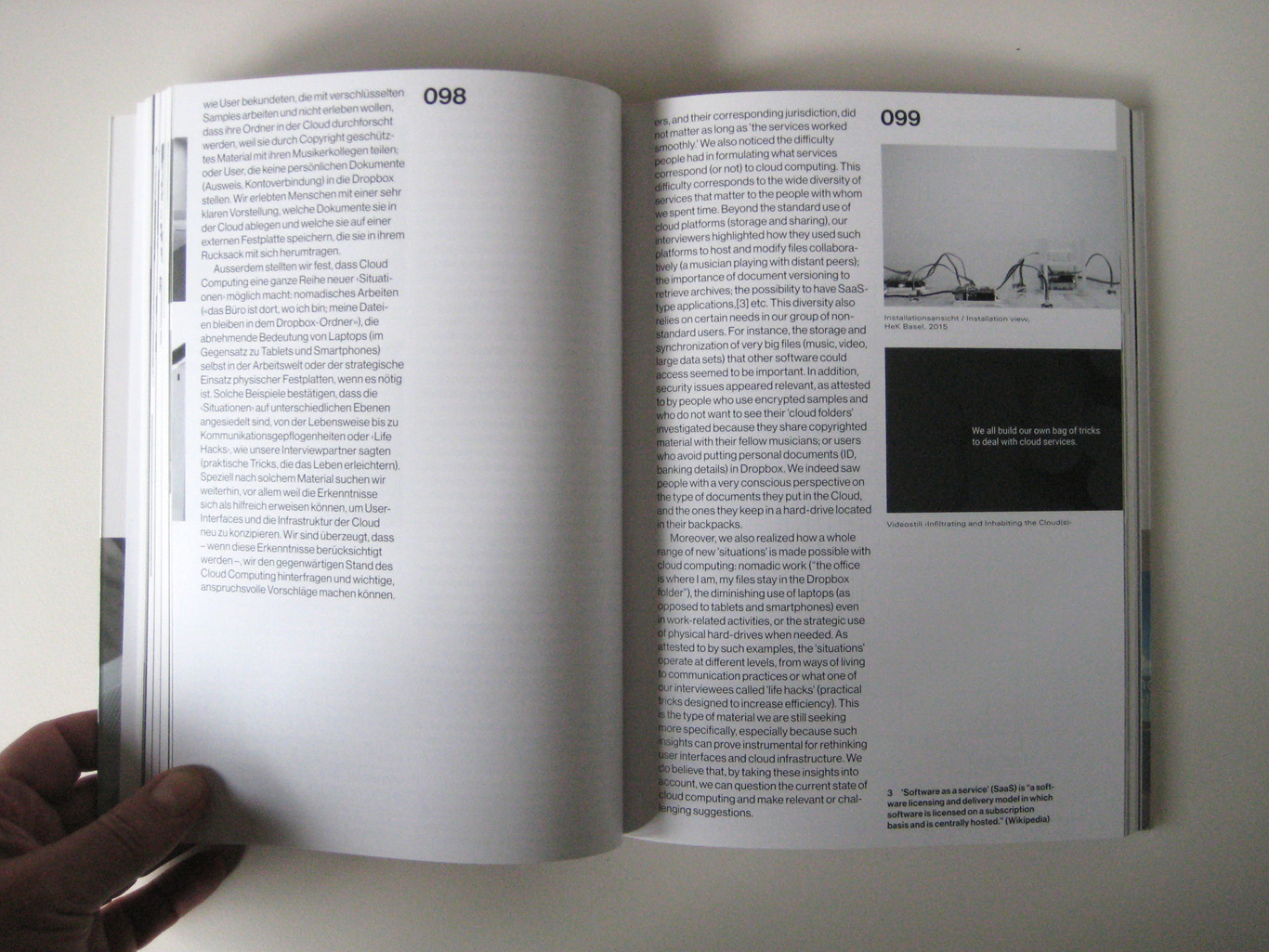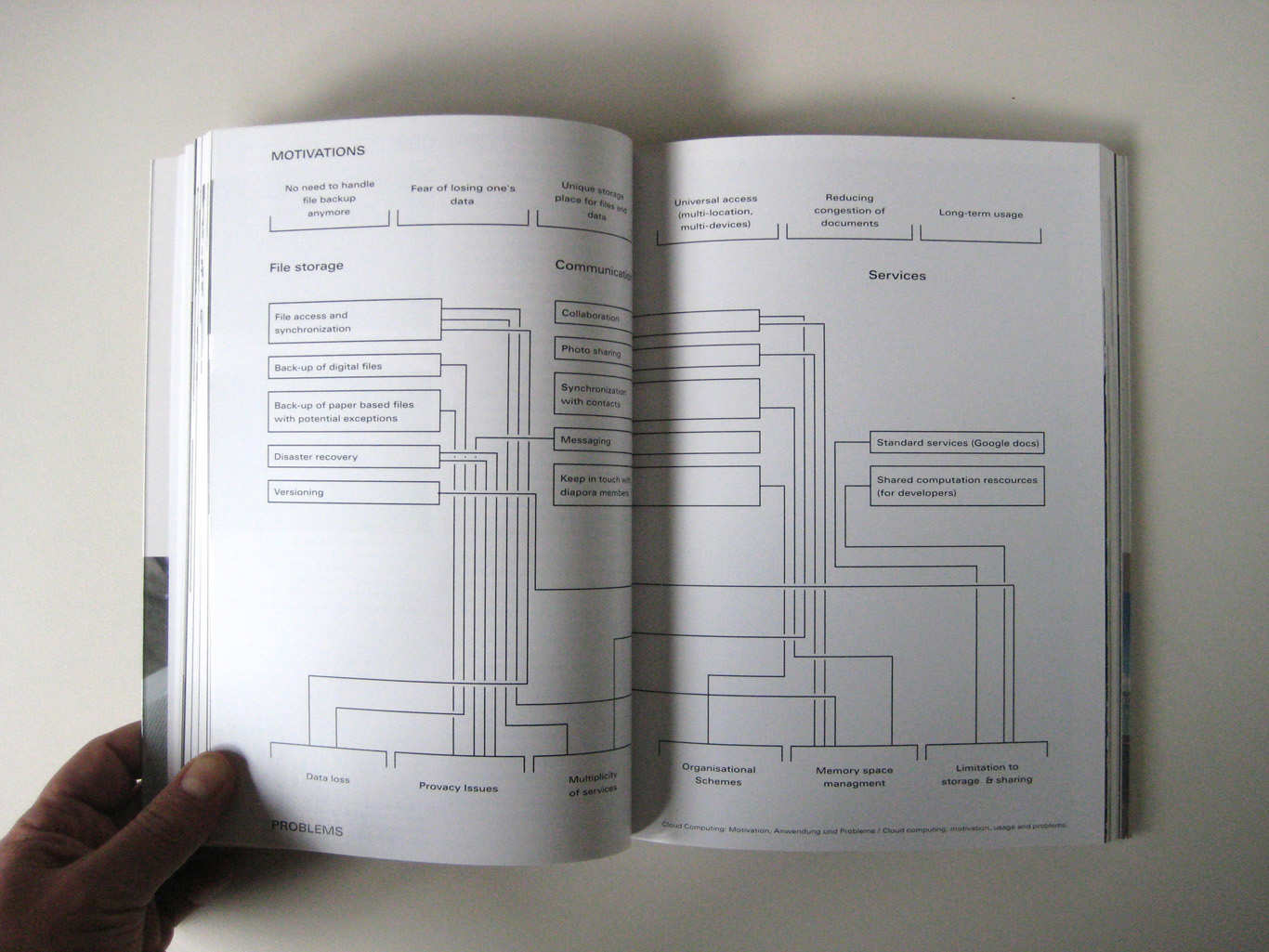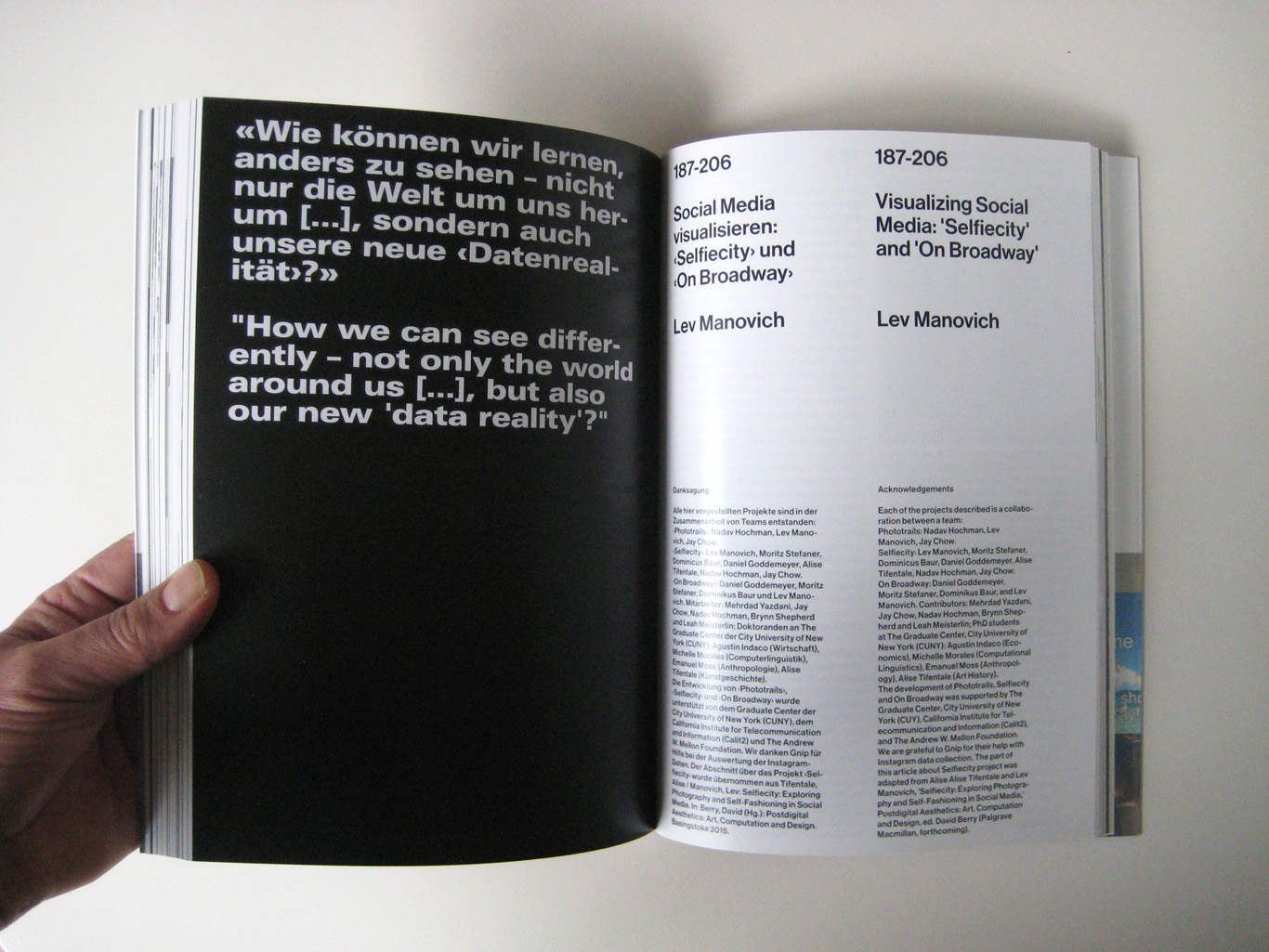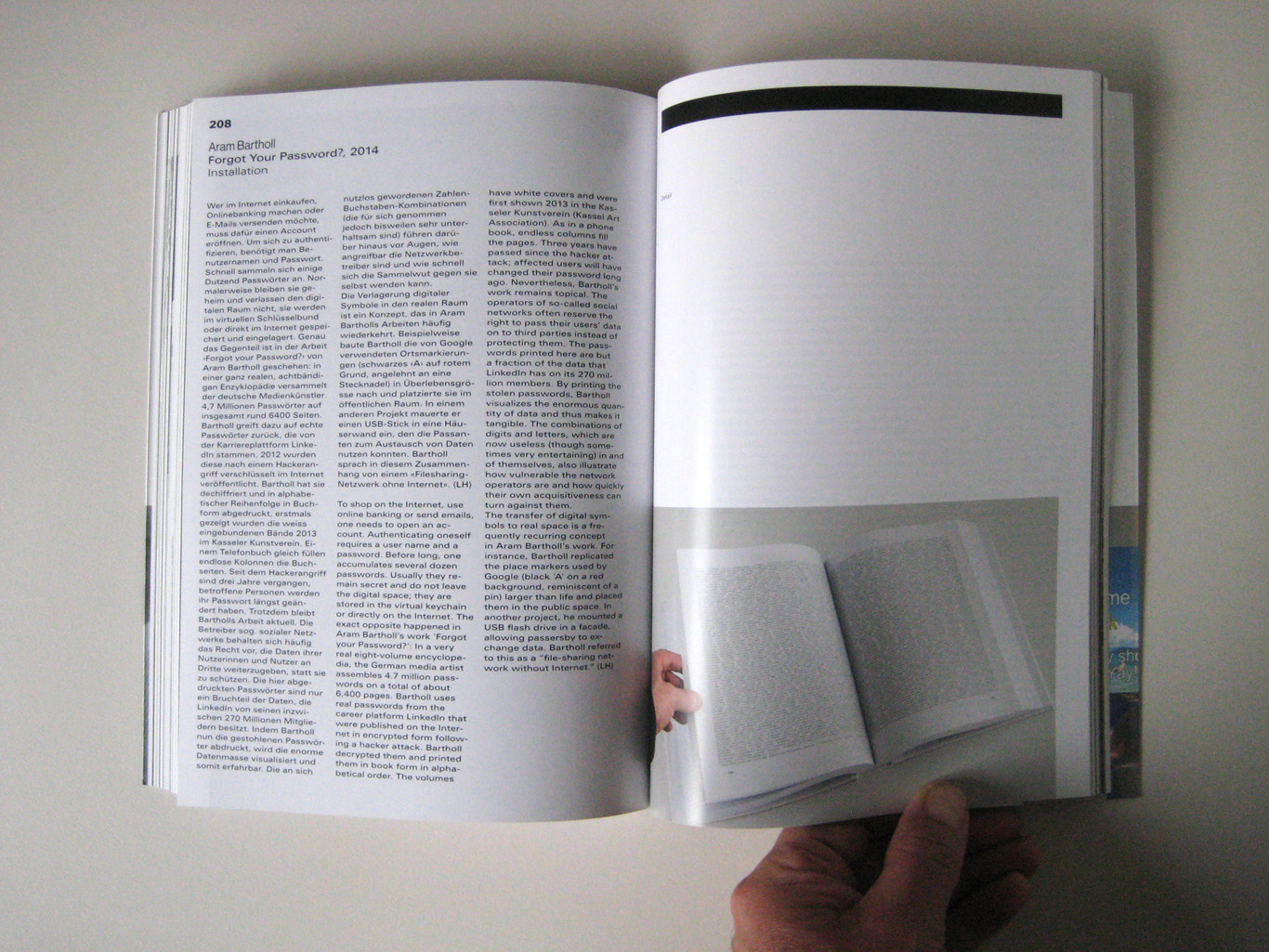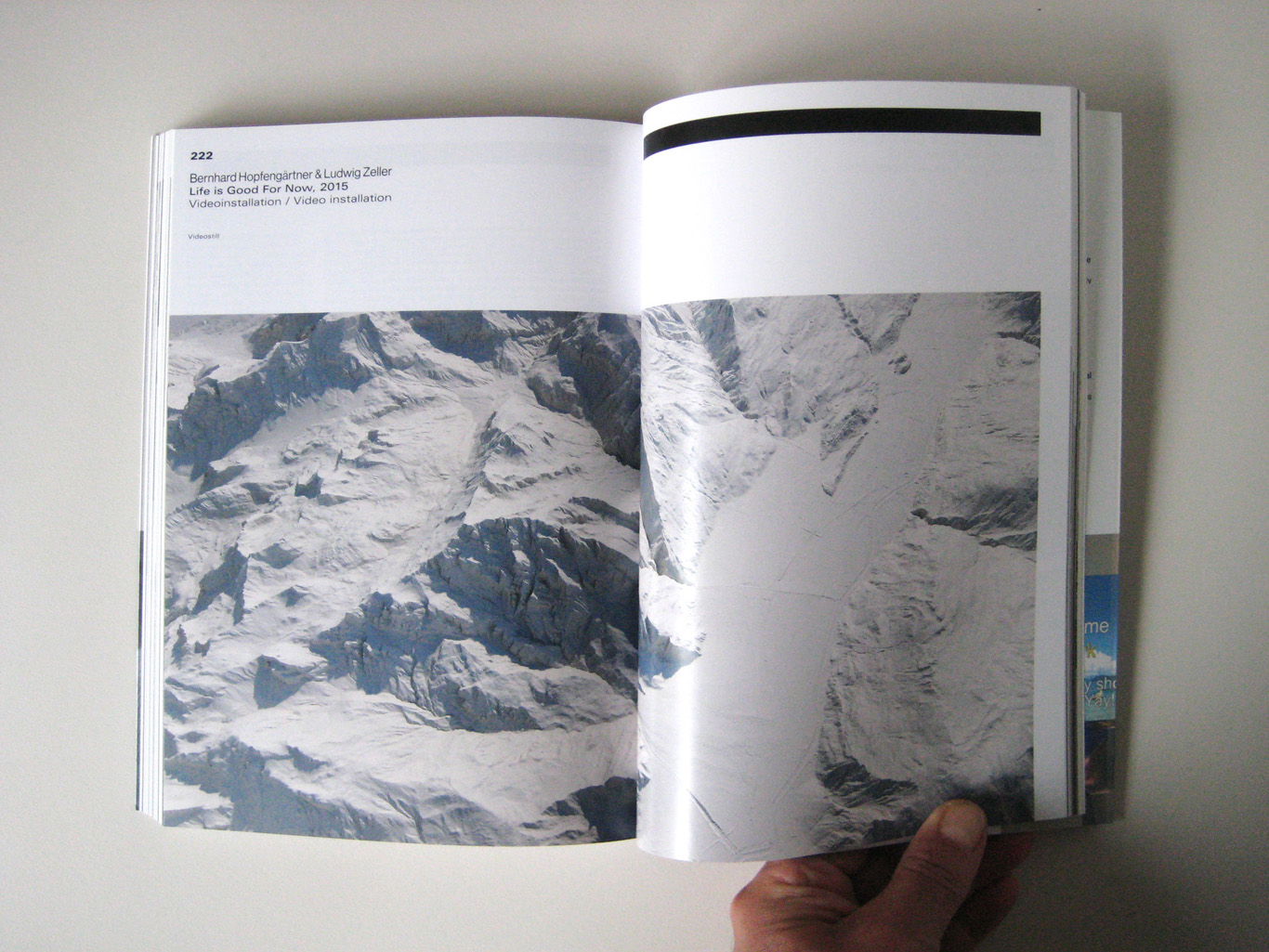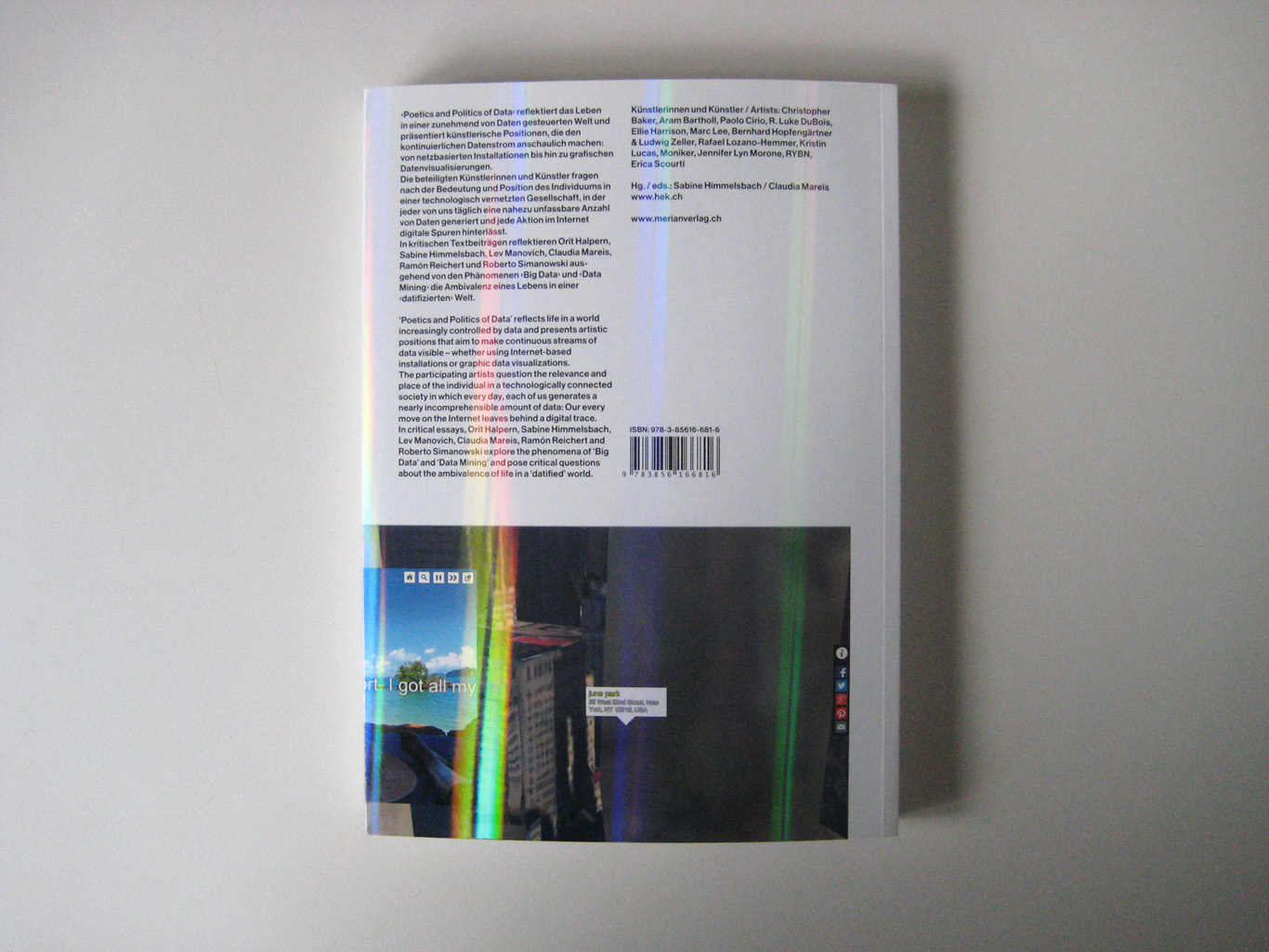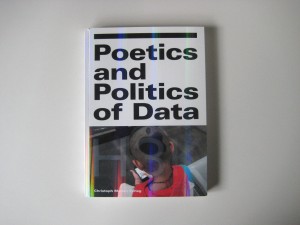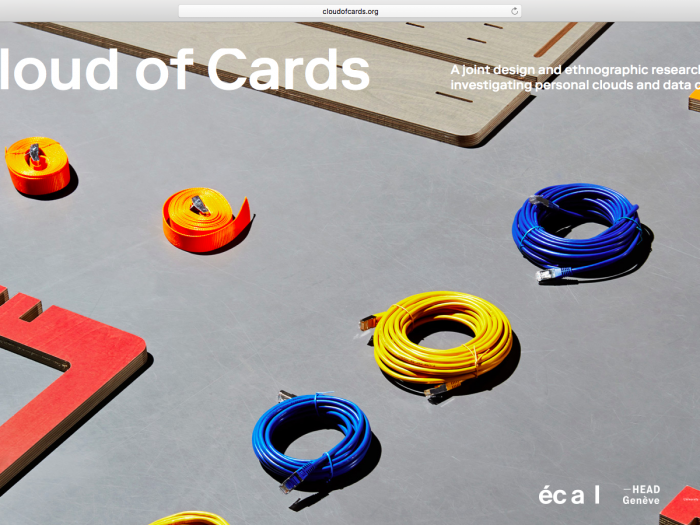Note: At the invitation of Sophie Lamparter (Swissnex San Francisco) and Luc Meier (EPFL ArtLab), we had the pleasure to present the current process and outcomes of our joint design research project in Paris, at Centre Culturel Suisse (CCS). This helped us collect meaningful impressions and comments about the ongoing work.
The conference was given last Friday and Saturday (02-03.12) in the company and attendance of an excellent line up (!Mediengruppe Bitnik, Nicolas Nova, Yves Citton, Tobias Revell & Nathalie Kane, Rybn, Joël Vacheron, Gwenola Wagon, Hannes Grasseger, I&IC’s research assistants Lucien Langton & Léa Pereyre, so as many others!)
Together with Nicolas Nova, we presented the almost final state of our joint research project Inhabiting & Interfacing the Cloud(s), at a time when we are entering the prototyping of the final artifacts (deliverables).
Via Centre Culturel Suisse (in French)
—–

Du vendredi 2 au samedi 3 décembre 2016
—————————————————————————————
Bot Like Me
interventions en anglais
—————————————————————————————
A l’occasion de l’exposition de !MedienGruppe Bitnik, et avec la complicité du duo d’artistes zurichois, Sophie Lamparter (directrice associée de swissnex San Francisco) et Luc Meier (directeur des contenus de l’EPFL ArtLab, Lausanne) ont concocté pour le CCS un événement de deux jours composé de conférences, tables rondes et concerts, réunissant scientifiques, artistes, écrivains, journalistes et musiciens pour examiner les dynamiques tourmentées des liens homme-machine. Conçues comme une plateforme d’échange à configuration souple, ces soirées interrogeront nos rapports complexes, à la fois familiers et malaisés, avec les bots qui se multiplient dans nos environnements ultra-connectés.




